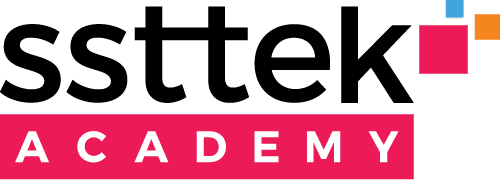In recent years, software development, programming languages, and related topics have become some of the most frequently discussed subjects. The rapid advancements in software and the industry’s growth have led many individuals to explore this field and start learning programming languages. One of the primary concerns in software development is efficiency and reducing complexity, and this is where frameworks come into play. In this blog, we will explore what is a framework and examine the most popular types of frameworks.
What is a Framework?
A framework is a structure used by software developers to simplify and organize the development process. These frameworks include pre-built libraries created by developers and provide specific rules and pre-defined structures that help speed up and simplify development. They also prevent repetitive coding, reducing errors to a minimum. Since frameworks are built on top of programming languages and designed for specific purposes, there are many different types available. While frameworks are primarily used in web development, they can also be utilized for mobile or desktop applications, depending on their type.

The Most Popular Types of Frameworks and Their Use Cases
Due to the nature of frameworks being built on top of programming languages and their varied use cases, many different framework types have emerged over time. Some of the most popular ones can be examined under several categories.
1. JavaScript Frameworks (JS Frameworks)
JavaScript is one of the most widely used programming languages for frameworks. Both frontend and backend developers use various JS frameworks for different purposes. Some of the most used JS framework types include:
a. Angular
Compared to other frameworks, Angular offers a simpler syntax and facilitates the development of modern applications.
b. Vue.js Framework
Vue.js is a popular front-end framework used for building user interfaces. Its lightweight and flexible structure make it an attractive choice for developers.
c.React Library
React is a JavaScript library designed to simplify UI development in web applications while enhancing performance. Originally developed by Facebook (now Meta) in 2011, React is now widely used across many websites. It focuses solely on building user interfaces and does not include built-in features like routing, state management, or API handling. For these functionalities, additional libraries such as React Router, Redux, and Tanstack Query are required. With its component-based architecture and ease of use, React stands out as a flexible solution that, when combined with tools like Next.js, can function similarly to a framework, offering greater versatility for projects.
2. CSS Frameworks
CSS Frameworks make it easier to create responsive designs and provide ready-made templates for UI components. They offer pre-styled templates for commonly used UI elements such as buttons, navigation menus, cards, form elements, and modal windows. This allows for saving time by using ready-made components instead of designing from scratch.
a. Bootstrap
Bootstrap is one of the most commonly used CSS frameworks. It is particularly known for its convenience in creating responsive designs.
3. Backend Frameworks
Backend frameworks are used by developers for writing the code that runs behind the user interface. These frameworks can be Python frameworks or built on other programming languages such as Java.
a. Django Framework
Django framework is a Python framework known for its security and speed. It follows the Model-View-Template (MVT) architecture and is well-developed in areas such as database operations and security.
b. Spring Framework
Spring framework is a Java-based framework widely used in large-scale corporate projects. It excels in security, database management, and API development. Additionally, its flexible structure makes it an attractive option for developers.
c. Laravel Framework
Laravel framework is a PHP-based framework with an MVC (Model-View-Controller) architecture. It accelerates web application development and stands out in areas such as routing, database management, and authentication.
What are the Advantages of Using a Framework?
Frameworks offer numerous advantages to developers. Some of the key benefits include preventing developers from having to rewrite the same code repeatedly, allowing projects to start at a more advanced stage rather than from scratch, saving time and reducing errors to a minimum, enhancing web security and offering community support, as popular frameworks have large developer communities that provide assistance and resources. By using frameworks, developers can work more efficiently, build robust applications, and enhance the overall development process.



